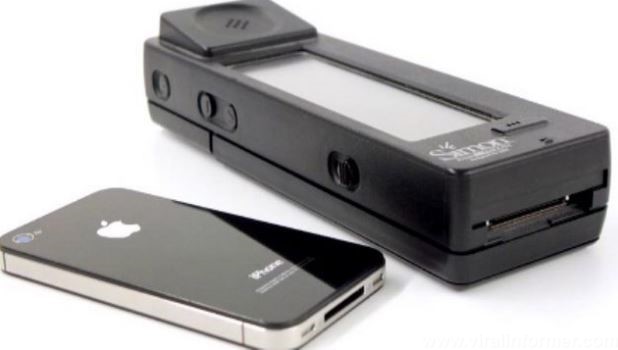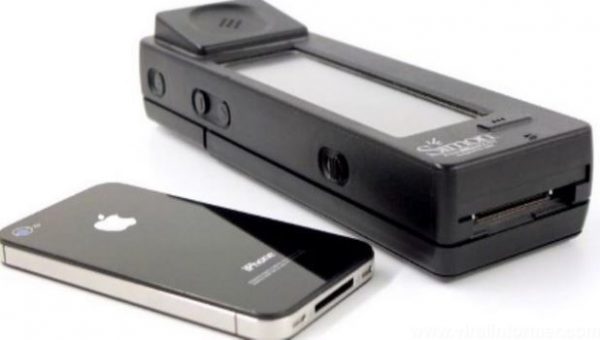If you were given the first smartphone created, you’d laugh at it as a joke and maybe smash it on the wall depending on your mood. Based on the evolution of smartphones in design and functionality, the first smartphone seems like a blast from the past or something used in our favourite sci-fi movie or novel when compared with what we used today. Today, we will take a journey to the past to know the evolution of smartphones and what the first smartphone was.
Simon IBM Personal Communicator was the first smartphone recorded in the history of the telephone. It was unveiled in 1992 but made available for public purchase in 1994. In 6 months, it had sold 50,000 units. The device had some of the following highlights which are similar to what we find in today’s smartphone:
- Touch screen
- Fax
- Notes and Calendar
- Apps and other widgets that would become widespread decades later
The phone had no web browser only email access and could send faxes too. The phone measured 8 inches long by 2.5 inches wide by 1.5 inches thick. It also had a monochrome LCD touch screen and came with a stylus.
Simon is believed to be the first commercially available phone with a touchscreen, though earlier Personal Digital Assistant (PDA) devices had showcased various portable touchscreen technologies. Simon’s interface could be navigated with an included stylus, and somewhat less easily with a finger. Some of apps or features that characterized an IBM Simon which was found in the “Mobile Office” section of the phone include:
- Address Book
- Calculator
- Calendar
- Fax
- Filer
- Note Pad
- Sketch Pad
- Time
- To Do
One of the plus that added up to the Simon’s features were that you can plug a Simon Personal Communicator to a regular phone jack to make calls on a landline which had better connection and was less expensive. For a period as the 1990’s, it was a big deal! Most people believe that while IBM Simon made a bold entry into the market, it wasn’t exactly the smoothest starting point for a mobile device. One could say it was ahead of its time, and most consumers didn’t jump on board.
Comparison With Modern Smartphone
There’s a large difference in mobile devices or smartphones from 1994 to 2019. Today, everything is more advanced and functional:
- More memory
- Devices are far faster and more powerful
- Multiple applications to be used
- Cameras are in High Definition (HD)
- Music and video streaming
- The battery lasts for days
- Android as the primary operating system
Today, we do not know how far the evolution of the smartphone would come especially with the introduction of personal digital assistants like Siri but we do know that what will be in the next decade will have so much functionality than what we have now and perhaps we will have much slimmer phones that can blend well with our palms.
Source:
Text Request
Time
Featured image source: viralinformer.com


